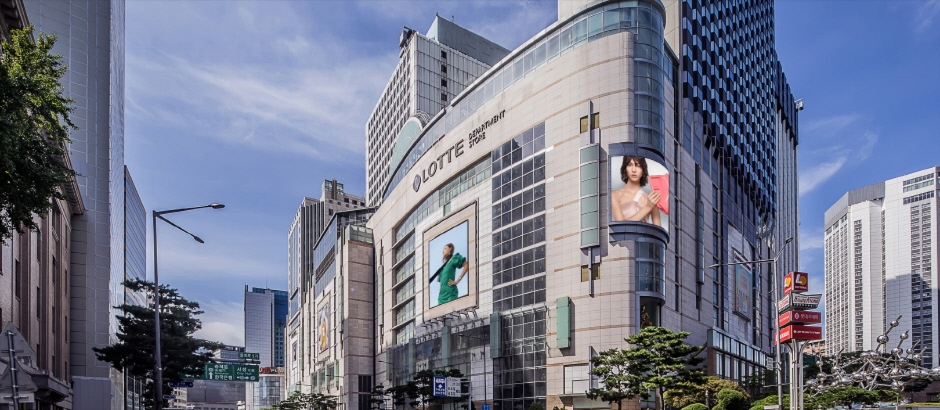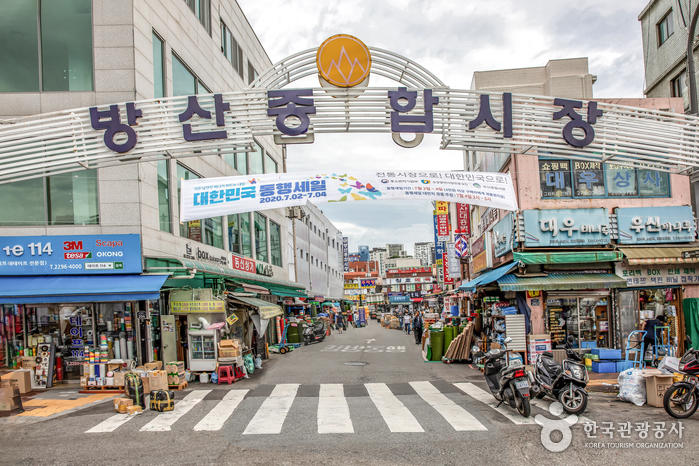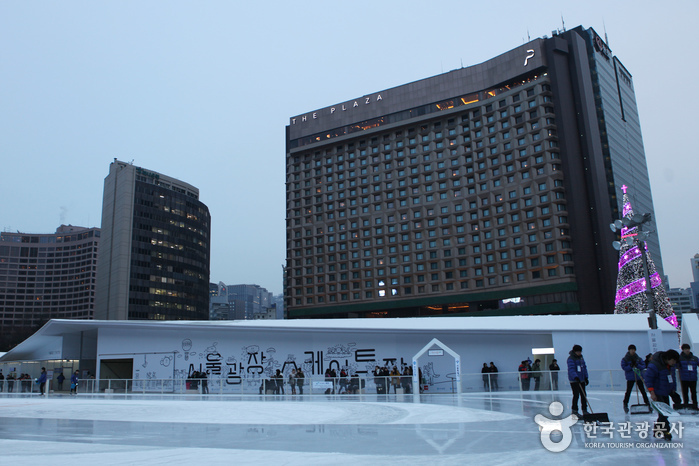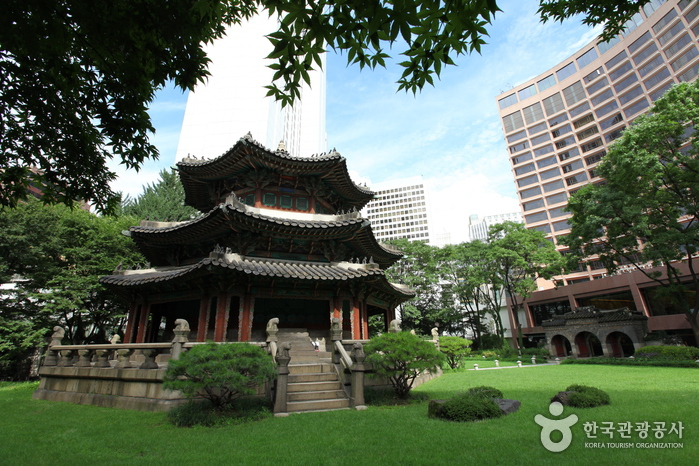Dior - Lotte Main Branch [Tax Refund Shop] (디올 롯데 본점)
2.0Km 2024-04-18
81, Namdaemun-ro, Jung-gu, Seoul
-
Lululemon - Lotte Main Branch [Tax Refund Shop] (룰루레몬 롯데 본점)
2.0Km 2024-04-23
3F, 81, Namdaemun-ro, Jung-gu, Seoul
-
Ralph Lauren Korea - Lotte Main Branch [Tax Refund Shop] (랄프로렌코리아 롯데지점)
2.0Km 2024-04-19
81, Namdaemun-ro, Jung-gu, Seoul
-
World Top Pharmacy - Lotte Main Branch [Tax Refund Shop] (월드탑약국 롯데본점)
2.0Km 2024-04-16
9F, 81, Namdaemun-ro, Jung-gu, Seoul
-
Papyrus - Lotte Avenuel Branch [Tax Refund Shop] (파피루스 에비뉴엘)
2.0Km 2024-04-18
81, Namdaemun-ro, Jung-gu, Seoul
-
Lucenlee - Lotte Main Branch [Tax Refund Shop] (루첸리 롯데본점)
2.0Km 2024-06-26
81, Namdaemun-ro, Jung-gu, Seoul
-
LOTTE Department Store - Myeongdong Main Store (롯데백화점 (본점))
2.0Km 2024-05-17
81, Namdaemun-ro, Jung-gu, Seoul
+82-2-2200-0111
LOTTE Main store is the original branch of LOTTE Department Store, situated in the heart of Korea's bustling tourism hub, Myeong-dong. Shoppers can enjoy their time in the premium life-style shopping place with Luxury & Trendy brands.
Bangsan Wholesale Market (방산 종합시장)
2.0Km 2024-10-30
20, Dongho-ro 37-gil, Jung-gu, Seoul
+82-2-2268-6691
Bangsan Market is a wholesale market with approximately 250 stores that sells packaging and promotional materials. The market was popular with patissiers in the past and is currently more famous for being a bakery street.
Seoul Plaza Ice Skating Rink (서울광장 스케이트장)
2.0Km 2020-04-02
110, Sejong-daero, Jung-gu, Seoul
+82-2133-2691
Seoul Plaza was established in 2004, and is located by Seoul City Hall. The plaza is shaped like the full moon. Seoul Plaza hosts a wide array of cultural events including concerts and exhibitions for residents and visitors. The plaza transforms into an outdoor skating rink every winter, a popular attraction in the city.
The facility houses one rink for beginners and one for advanced skaters, and also hosts various events during its operating hours. There are also convenient facilities like skate rental, outdoor rest area, and outdoor standing area for ice skaters and spectators.
Ice skaters at the rink must wear gloves, and the plaza also offers a training program to teach interested individuals how to have fun while skating safely. To learn how to skate, visit the website to register for a training session in advance.
Hwangudan Altar (환구단)
2.0Km 2020-05-07
112, Sogong-ro, Jung-gu, Seoul
+82-2-3396-5842
Hwangudan Altar, also called Hwandan Altar, refers to an altar complex for the rite of heaven. The rites were first performed in the Goryeo dynasty by King Seongjong in the first month of 983 (2nd year of his reign), but was repeatedly adopted and abolished, and eventually stopped at the start of the Joseon dynasty.
Then in 1456 (2nd year of King Sejo), the practice was temporarily standardized and the rites were performed at Hwangudan Altar again in 1457. However, rites were again abolished in 1464 (10th year of King Sejo). It wasn’t until 1897 (34th year of King Gojong) when the Joseon dynasty was renamed as the Korean Empire and King Gojong ascended to emperor, that the rite was revived.
Now, Hwangungu Shrine and three stone drums stand at the location of the former altar complex. The three stone drums symbolize the instruments used for the rites. The shrine was completed in 1899, two years after the altar was started in 1897. Today, the Hwangungu Shrine still stands within the hotel grounds of the Westin Chosun Hotel.

![Lululemon - Lotte Main Branch [Tax Refund Shop] (룰루레몬 롯데 본점)](http://tong.visitkorea.or.kr/cms/resource/07/2890607_image2_1.jpg)
![Ralph Lauren Korea - Lotte Main Branch [Tax Refund Shop] (랄프로렌코리아 롯데지점)](http://tong.visitkorea.or.kr/cms/resource/26/2887926_image2_1.jpg)
![World Top Pharmacy - Lotte Main Branch [Tax Refund Shop] (월드탑약국 롯데본점)](http://tong.visitkorea.or.kr/cms/resource/35/2887935_image2_1.jpg)
![Papyrus - Lotte Avenuel Branch [Tax Refund Shop] (파피루스 에비뉴엘)](http://tong.visitkorea.or.kr/cms/resource/45/2889245_image2_1.jpg)
![Lucenlee - Lotte Main Branch [Tax Refund Shop] (루첸리 롯데본점)](http://tong.visitkorea.or.kr/cms/resource/29/3313629_image2_1.jpg)




 English
English
 한국어
한국어 日本語
日本語 中文(简体)
中文(简体) Deutsch
Deutsch Français
Français Español
Español Русский
Русский